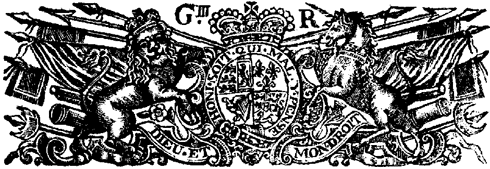

The First Foot Guards
We are a Revolutionary War
reenactment group based in Boston MA,
accurately portraying the royal household regiment that is now known as
The Grenadier Guards
Brown Bess
Loading and firing
Because of the complexity of loading and firing, in the Army the process was ritualized into a set procedure that was practiced again and again, with every man executing the movements at exactly the same time. This allowed for complete control by the Serjeant or officer. As the use of the flintlock was considered effective when used in volleys, the weapons were commonly fired in unison. (But not always! See 'fire at will').
The Serjeant's eagle eyes were on the lookout for someone 'jumping the gun' or executing an order before it was called. The remonstrance "Wait for it!" was common then and now.
The Loading
and Firing Sequence
Order "Prime and load",
accompanied by a drumbeat command that all the soldiers would recognize.
During this procedure, the musket is held in the left hand, while the right performs the various sequential functions.
The soldier brings the musket diagonally across his front, holding it mid length with his left hand. His right hand is free. The muzzle is high and to his left. It does not point forward, threatening the rank of men who might be standing in front. Then as now, safety was important.
With his right hand, he raises the hammer on the lock, opening up access to the pan, and moves the cock to Half Cock (if it was not already in this position).
With his right hand, he takes a paper cartridge from his cartridge box on his right hip, and puts it to his mouth, where he seizes the top with his teeth, and tears it off, exposing the powder.
With his right hand, he puts a little gunpowder (the priming charge) from the cartridge into the pan, and shuts the pan with the hammer in order to contain the powder in place.
Immediately after, he 'casts about', bringing the musket diagonally across his body in the opposite direction (muzzle high, and to his right).
With his right hand, he puts the remainder of the gunpowder and the ball into the muzzle. He throws the empty paper cartridge away.
With his right hand, he seizes the end of the rammer and withdraws it from its storage location under the barrel of the gun. Reversing the rammer, he rams down the ball on top of the charge. He withdraws the rammer and replaces it in its storage location.
He brings the musket to "Poise". It is high on his left side, trigger facing out, held at the neck of the musket with his left hand, with his right hand resting against it, ready for the next command.
Some soldiers are faster than others. By eyeballing those not at 'Poise' the Serjeant can see who is slow. He has probably been yelling "Get 'em up! Get 'em up!" He will reserve his choice comments for those recalcitrant souls who are last to get to Poise. He will watch them in future to see if they need extra drill.
NOTE In reenacting, no ball is inserted into the cartridge, and the ramming is omitted. This is a safety issue, to make sure that no solid article is put down the barrel. In ceremonial drill the rammer is inserted, but no powder is used. In the safety check carried out before firing, the rammer is inserted to audibly check the cleanliness of the inside of the barrel.
The muskets are now at Poise. They will now either be used or moved to a more convenient position, so that the rank can deploy. Muskets might be brought to "Shoulder", "Advance" or "Trail".
If they are to be fired, the next order is "Make ready". The soldier smartly brings the cock to Full Cock, using his right thumb. In this state, the trigger is operable (it will not fire with the cock at Release or Half Cock).
The next order is "Present!"
The soldier levels the musket, pointing it horizontally in front of him. The Serjeant may now order "Oblique Left" or "Oblique Right", in which cases all the muskets point left or right.
At the order "Fire!" the soldier pulls the trigger, and immediately returns the musket diagonally across his body, muzzle high to the left. He listens for the command "Prime and Load" or the drumbeat command, and the sequence repeats.
Alternatively he might receive the order "Fire at will" in which case he keeps firing and reloading until told to stop.
If the soldier is in the front rank with two ranks (or three) firing, he stands ready at Poise. On the command "make ready" in one motion he kneels on his right knee, brings the hammer to Full Cock, and rests the butt on the ground near his knee. The commands "Present" and "Fire" are identical as above, except that a rank behind him will be firing over his head. In this case, after firing, he will stand up, and join the other ranks, ready to reload.
By observation you might be able to identify the front rank men. They are likely to have a grass stain on their white trousers at the right knee!
Regiments outside the British Army may have done things slightly differently, but with the same objective.
NEXT BROWN BESS PAGE
Click
How
Flintlocks work
Includes mini-videos with sound
Offsite link
Think
that procedure is complicated?
See how the earlier Matchlock was loaded and fired
Offsite
link
![]()
If you live in New
England,
Join Us!
Click